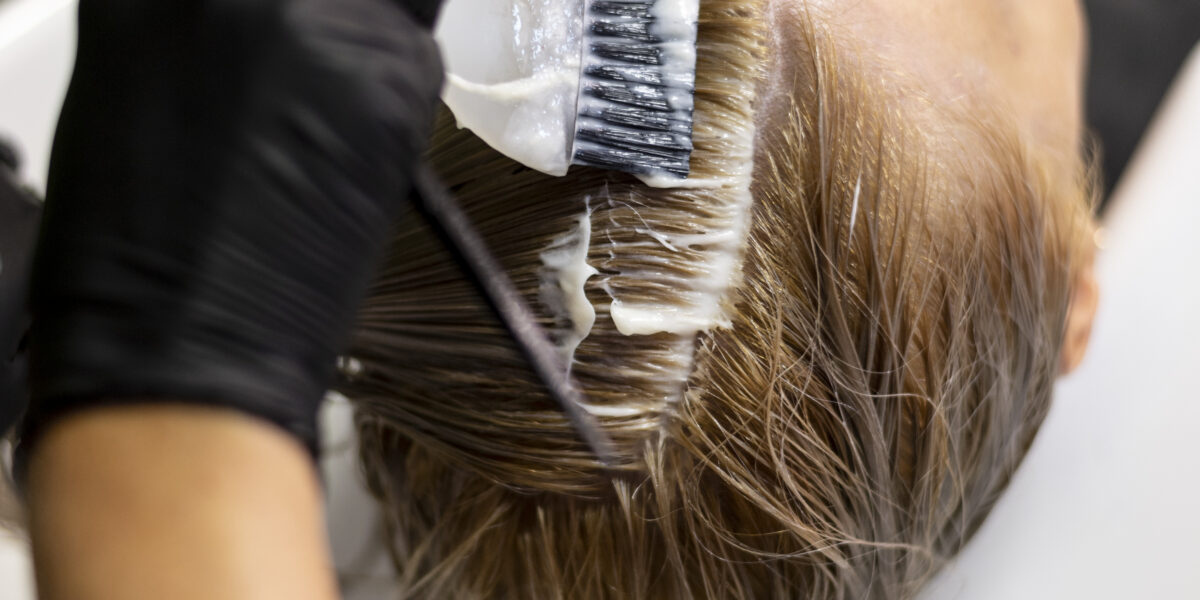Have you ever wondered how hair coloring works its magic, transforming your locks from one shade to another? The art of hair coloring is not just about aesthetics; it’s a fascinating blend of chemistry and biology that involves intricate processes within the hair shaft. In this article, we will dive deep into the science behind hair coloring, shedding light on the mechanisms that make it possible, all while keeping it simple and engaging.
Understanding the Basics: What is Hair Color?
Before delving into the science, let’s establish what hair color truly is. Hair color is determined by the presence of pigments called melanins within the hair shaft. There are two primary types of melanin: eumelanin and pheomelanin. Eumelanin ranges from brown to black, while pheomelanin imparts shades from red to yellow.
The Role of Melanocytes
Melanocytes, which are specialized cells found in hair follicles, are in charge of creating melanin. These cells inject melanin into the hair shaft as it grows, giving it its distinct color. The amount and type of melanin produced dictate the natural color of your hair.
The Chemistry of Hair Coloring
Lift and Deposit: How Hair Color Changes
When you decide to change your hair color, the process involves lifting the existing color and depositing the new one. This is where the science of hair coloring comes into play.
The Role of Peroxide
Hair color products often contain peroxide, a bleaching agent. Peroxide breaks down existing melanin, causing the hair to lighten. This prepares a blank canvas for the new color to be deposited.
Ammonia’s Role in the Equation
Ammonia, commonly found in hair dye, raises the pH of the hair, causing the cuticle to swell. This helps the color molecules penetrate deeper into the hair shaft, ensuring longer-lasting results.
Types of Hair Color
Permanent Hair Color
Permanent hair color involves lifting the natural color and depositing new color molecules deep within the hair shaft. The color lasts until new hair growth occurs.
Semi-Permanent Hair Color
Semi-permanent hair color doesn’t penetrate as deeply as permanent color. It gradually fades with each wash and doesn’t require extensive regrowth maintenance.
The Role of IICAD Mumbai in Hair Coloring
IICAD Mumbai (International Institute of Cosmetic Arts and Design) plays a pivotal role in educating aspiring cosmetologists about the science and art of hair coloring. With a comprehensive curriculum covering the chemistry of hair coloring, color theory, and hands-on training, IICAD Mumbai equips students with the knowledge and skills to become proficient hair colorists.
Common Hair Coloring Myths Debunked
Hair Dye Can Straighten or Curl Hair
Contrary to popular belief, hair dye cannot alter the structure of the hair. Hair dyes are formulated to change color, not texture.
Hair Color Always Damages Hair
While some damage can occur due to the chemical processes involved, using high-quality products and proper aftercare can minimize this damage.
The Importance of Aftercare
Using Color-Safe Shampoos and Conditioners
After coloring your hair, it’s essential to use products designed for color-treated hair. Color-safe shampoos and conditioners help maintain vibrancy and prevent premature fading.
Protecting Hair from UV Radiation
UV radiation can cause color fading. Wearing hats or using UV-protective sprays can shield your hair from these damaging effects.
Summary
The science behind hair coloring is a remarkable blend of chemistry, biology, and artistry. Understanding the role of melanin, the chemistry of hair color products, and debunking common myths can help you make informed decisions about your hair color choices. With institutions like IICAD Mumbai providing education and training, the world of hair coloring continues to evolve, offering exciting possibilities for both professionals and individuals looking to express themselves through their hair.

